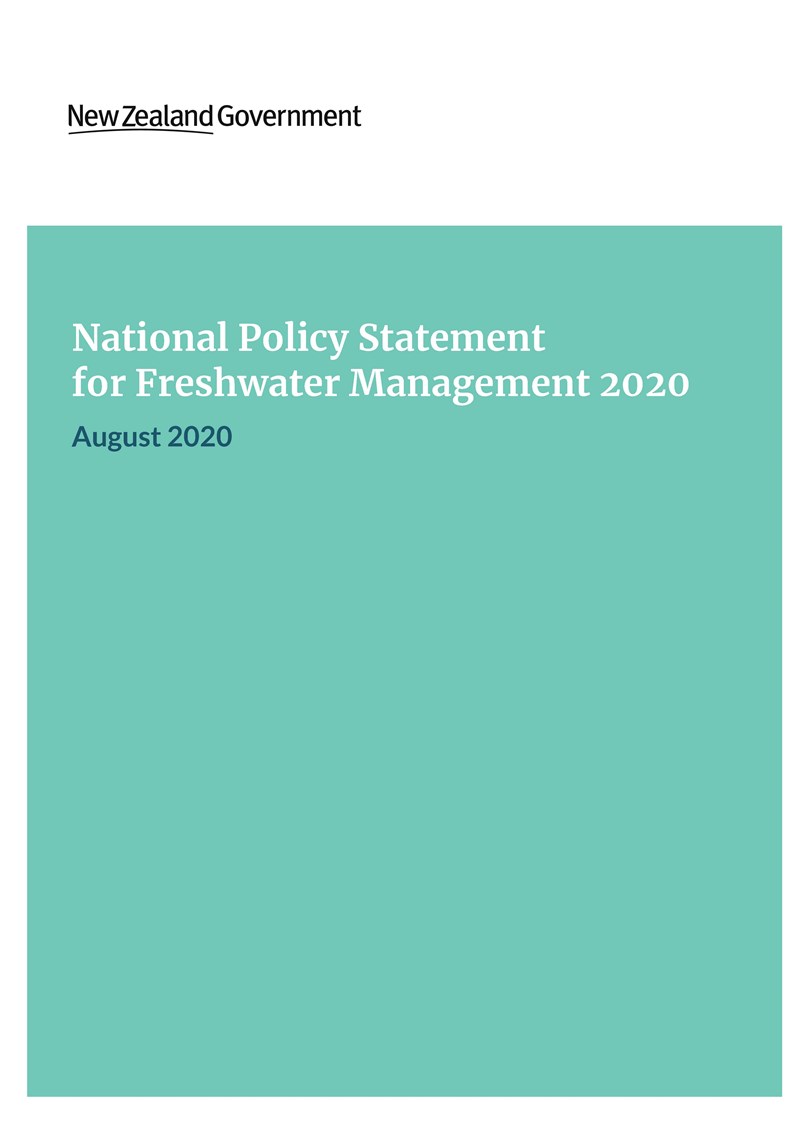The Resource Management (National Environmental Standards for Freshwater) Regulations 2020 (“the NES:F”) came into effect on 3 September 2020 as part of the Government’s wider “Action for Healthy Waterways” package (which also includes the new Freshwater Planning Process contained in the Resource Management Amendment Act 2020, the National Policy Statement for Freshwater Management and Stock Exclusion Regulations). This article provides a short summary of the provisions in the NES:F.
The NES:F imposes tighter regulations around activities which are deemed to be more high-risk in relation to freshwater and freshwater ecosystems. It imposes new:
Standards for farming activities:
- Conversion and intensification activities relating to land use will now require a resource consent. For example, converting more than 10ha of land to dairy farm, increasing irrigation on a dairy farm by more than 10 ha, and converting plantation forestry to pastoral land (more than 10ha) will now require consent. Horticultural activities are not affected in this way.
- Feedlots do not require a resource consent if 90% or more of the cattle held in the feedlot are no more than 4 months old and weigh no more than 120 kg. However, if this condition is not met a resource consent will be required. Feedlots will also be required to meet the stock-holding standards.
- Synthetic nitrogen fertilisers use has been capped at 190 kg/ha/year for pastoral farmers. Operating dairy farmers are also required to monitor and report to regional councils on the land, types, rates and dates which synthetic nitrogen fertilisers have been applied and provide receipts for the purchase of the fertilisers. These standards come into force on 1 July 2021.
- Winter grazing that is not undertaken in accordance with a certified freshwater farm plan is permitted where the area of the farm used for grazing is no greater than 50 ha or 10% of the area of the farm (whichever is greater), the mean slope of the paddock is less than 10 degrees, prescribed pugging depths are met, livestock is set back 5m from waterways and replanting of the land is undertaken as soon as practicable. These standards come into force on 1 May 2021.
Standards for other freshwater related activities:
- Natural wetlands – The NES:F prescribes standards for activities in or around wetlands. It specifically introduces permitted and restricted activity discretionary activities in relation to the restoration of wetlands and scientific research in to wetlands.
- Reclamation of riverbeds is now provided for as a discretionary activity, meaning all developments which require some form of stream works will require a resource consent. However, the standard does not provide any criteria against which the applications must be assessed.
- Passage of fish affected by structures – the NES:F imposes requirements in relation to the placement, alteration and reconstruction of structures in, on, over or under the riverbed which may affect the passage of fish. It requires certain conditions to be imposed on consents relating to activities that may affect fish passage and introduces a number of permitted and restricted discretionary activity classifications.
Following the release of the regulations in August, it became apparent that clarifications were required to some of the provisions relating to pugging (when stock intensively trample wet soil, the soil aggregates are broken down and the spaces in the soil are reduced, which can cause damage) provisions in in the NES:F. This resulted in some swift amendments being made to the regulations just weeks after their release.
While regional councils do not need to amend their plans to ‘give effect’ to the NES:F, they will need to ensure there is no duplication or inconsistency. The NES:F provides that regional plans are able to include requirements that are more stringent (but not more lenient) than the NES:F.



